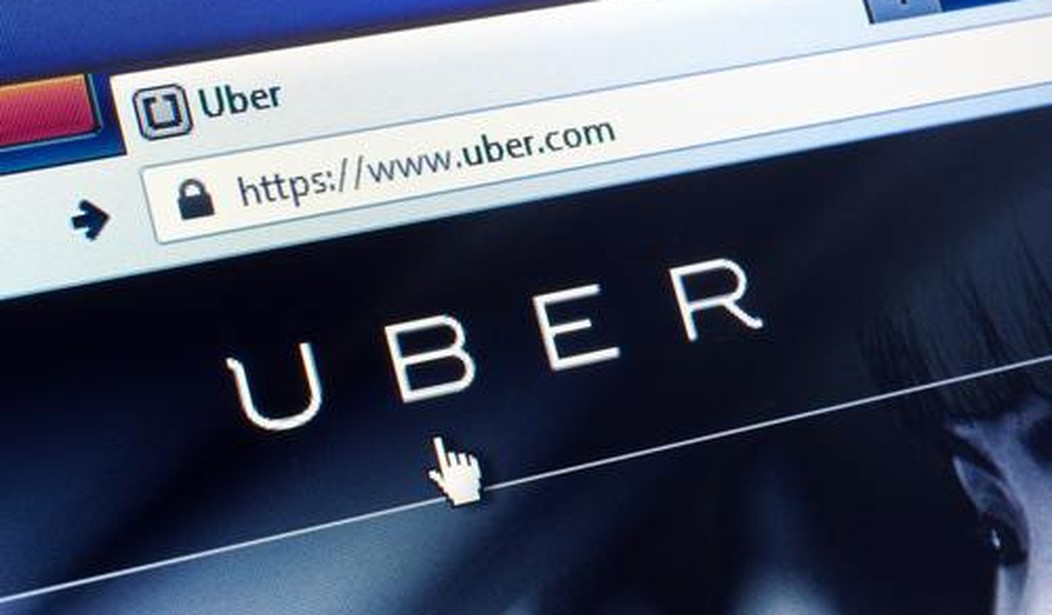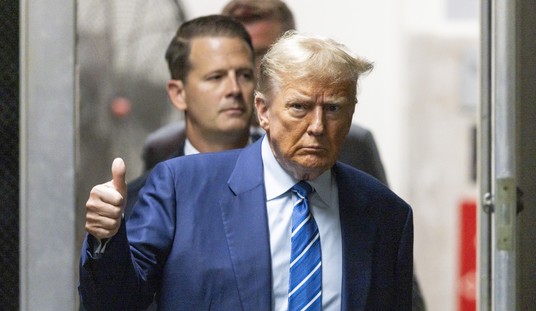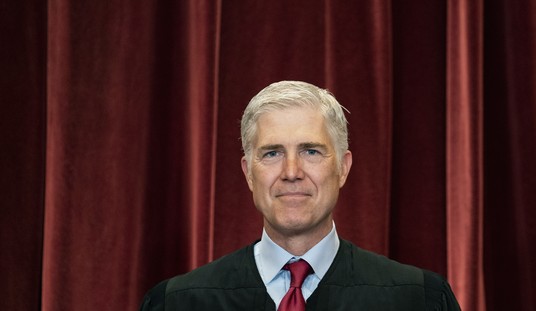Uber would like us to believe that they vet their drivers so that safety should not be a concern. That myth was shattered when a driver in Kalamazoo, Michigan shot and killed a half dozen people at random, apparently between shepherding Uber passengers to their destinations. While no vetting system can prevent an occasional person from escaping detection, Uber has a questionable record when it comes to doing all it can to make their rides as safe as possible. Their qualification process for new drivers lacks a face-to-face interview and a fingerprint check, both recommended by law enforcement agencies.
Just this past week, Uber paid a fine of $28.5 million to settle a lawsuit that questioned the company’s claim that it was “the safest ride on the road.” Additionally, California prosecutors have pending lawsuits accusing Uber of failing to do adequate background checks, citing their failure to flag 25 drivers with criminal records, including one convicted of second-degree murder.
There have also been numerous incidents of drivers threatening and even attacking their passengers. I looked into two of them last summer and was surprised by Uber’s indifference and defensiveness.
Vikki P., a technology executive in Silicon Valley, and a friend of more than 20 years, was in San Francisco when she took an Uber from a meeting to a commuter rail station to catch a train home. The trip was just a couple of miles and should have been about a 10-minute ride.
When she got into the Uber car, she said the driver drove in the wrong direction — onto a heavily congested interstate rather than taking the surface streets, which would have been more direct and much faster. In fact, his GPS instructed him not to take the highway.
When Vikki questioned him, she said he became hostile and began what would be a tirade that lasted the duration of the trip. Once on the freeway, she said he drove like a maniac, traveling along the far right shoulder at 35 mph, passing cars stopped on his left, and then suddenly cutting across three lanes of traffic to the far left lane. Vikki said the driver screamed and ranted and threatened to let her off on the freeway. She said she tried calling her husband, but that upset the driver even more.
When I spoke with Vikki, she explained how harrowing and scary the experience was. She realized she was in the car with someone who was clearly mentally unstable and her life was at stake. Finally, when the driver arrived three blocks from her destination, Vikki said he stopped the car and told her to get out.
Vikki immediately shared her experience on Twitter, because there was no way to contact Uber. Uber responded by sending her a link to file a complaint and later refunded her $5.
Vikki said she received a voicemail and then an email nearly a day later, after her story was aired on the local ABC news television. The Uber representative told me the driver has had no other complaints and was suspended pending an investigation. Vikki was very disappointed that Uber did not call back on the day this occurred, and described Uber’s response as mechanized, impersonal and uncaring.
Soon after that story appeared, I was contacted by a second Uber customer. Mandy, a resident of Contra Costa County, near Oakland, CA, called for an Uber car to drive her home from a party that she and her husband were attending less than a mile away. She was tired, and her husband remained at the party.
Mandy recounted how she got into the car, and the driver, who received the destination when the car was called, sped off in the wrong direction and told her he was going to take her out for “a good time.” Only after she turned on her iPhone and started recording a video of the ride, did the driver reverse direction and drive her home. She then called the police and attempted to reach Uber, but to no avail. Uber has no way for customers to contact them.
When the police asked her for the make, model and license plate of the car, Mandy looked for the e-receipt on her phone and assumed that the information would be there, since it’s prominently displayed when you order an Uber car. But it wasn’t. Instead, there was just a short summary of her ride and payment. (The Uber app removes this information when the trip begins).
Mandy was later told by Uber that her driver is known to have a hearing problem and, based on their investigation, he simply misunderstood her request to take her home. Mandy clearly disagreed, and said that the driver had not misunderstood her, he clearly stated he was “taking her out for a good time.” When I contacted Uber they blamed the incident on Mandy.
While I’ve been a big fan of Uber and have used it many times without any serious problems, it’s surprising that they’ve not been more responsive and haven’t instituted more protection for its customers, particularly providing a phone number to report a problem driver.
In fact, it was reported that one of the passengers who was picked up by the Kalamazoo driver before he went on his murder spree, tried to contact Uber because of the driver’s odd behavior, but had no way to reach them.
Uber and other ridesharing services offer many advantages over the alternatives, particularly taxis. It’s not the idea many are criticizing. It’s Uber’s failure to do all it can can to make their service as safe as possible, and exaggerating that they are safer than they really are.








Join the conversation as a VIP Member